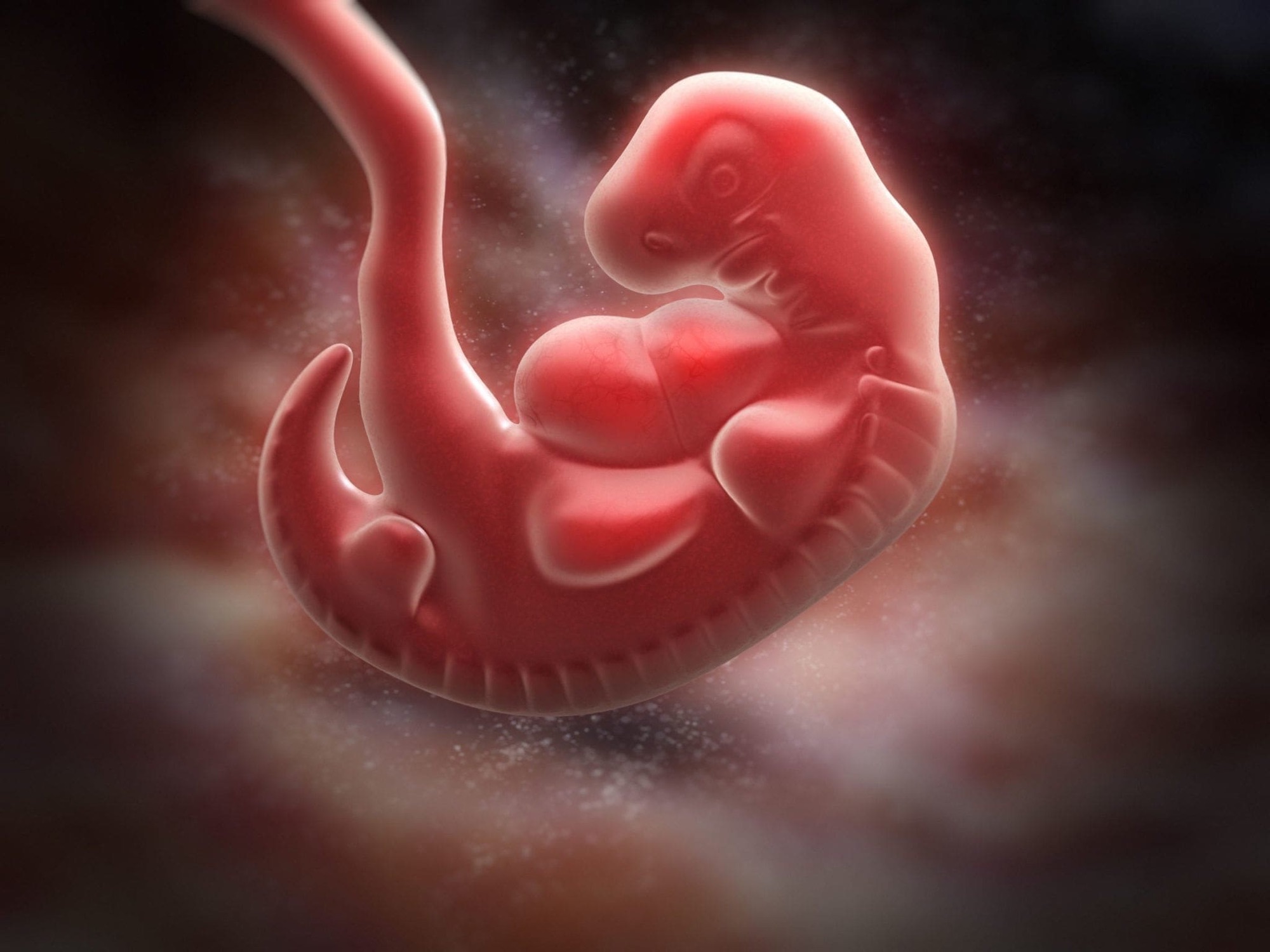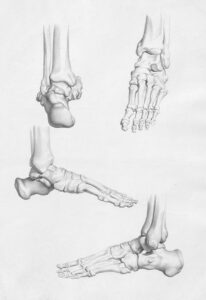The concept of a baby being born with a tail may seem like something out of folklore or science fiction, but in reality, it is a rare but documented medical phenomenon. Known as vestigial tails or coccygeal projections, these appendages are considered remnants of evolutionary ancestry. While most human embryos develop a tail during early gestation, this structure typically regresses and is absorbed back into the body. However, in extremely rare cases, this process does not occur completely, leading to the presence of a tail-like structure at birth. This article delves into the reasons why some babies are born with a tail, the science behind the phenomenon, and the associated medical implications.
What Is a Human Tail?
Human tails can be classified into two types: true tails and pseudotails.
- True tails are rare and consist of soft tissue, muscles, nerves, and blood vessels, but lack bones or cartilage. They are remnants of embryonic development that typically regress during gestation. In these cases, the tail is entirely benign and does not serve any functional purpose.
- Pseudotails, on the other hand, are not true tails but can be mistaken for them. These structures are often caused by underlying medical conditions such as spina bifida, lipomas (fatty growths), or other spinal anomalies. Pseudotails are usually more complex and may require medical evaluation and treatment.
True human tails are exceedingly rare, with fewer than 100 cases documented in medical literature worldwide. While they usually measure a few centimeters in length, there are cases where the tail can be longer, potentially causing concern for the parents and medical professionals alike.
Why Do Some Babies Develop Tails?
To understand why some babies are born with tails, it’s essential to explore both evolutionary biology and the nuances of human embryonic development.
1. Evolutionary Remnants: A Link to Our Ancestors
Human embryos go through various stages of development that mirror the evolutionary history of the species. Around the fourth week of gestation, all human embryos develop a structure resembling a tail. This tail is a remnant from our evolutionary ancestors, who used tails for balance, locomotion, and communication. As the embryo continues to develop, this tail is typically absorbed by the body by the eighth week, leaving behind only the coccyx (tailbone), which serves no functional purpose in modern humans.
In rare cases, the process of tail regression is incomplete, resulting in a baby being born with a small, tail-like structure. This tail is considered a vestigial structure—an anatomical feature that has lost its original function through evolution but remains as a trace of ancestral lineage. Vestigial tails are a reminder of our shared evolutionary history with other mammals.
2. Genetic and Developmental Anomalies
While the presence of a tail is linked to evolutionary biology, specific genetic and developmental anomalies can contribute to the persistence of this structure. For reasons that are not fully understood, certain genes may fail to signal the complete reabsorption of the embryonic tail. This failure results in a small portion of the tail remaining intact and visible at birth.
Additionally, disruptions in the typical sequence of fetal development may also play a role. In rare cases, these disruptions can result from genetic mutations or developmental errors that prevent the normal regression of the tail. However, because true tails are so uncommon, there is limited research available to identify specific genetic causes.
3. Congenital Disorders: Pseudotails and Associated Conditions
In some instances, what appears to be a tail is actually a pseudotail, which can be caused by congenital disorders affecting the spinal cord or surrounding tissues. These pseudotails can be associated with conditions such as:
- Spina Bifida Occulta: A mild form of spina bifida where the spinal column does not close completely, sometimes resulting in a small protrusion that may resemble a tail.
- Lipomas or Teratomas: These are benign growths made of fatty tissue, often found near the lower spine. In some cases, these growths can be mistaken for tails.
- Caudal Duplication Syndrome: A rare congenital disorder where structures in the lower body, such as the spine or pelvis, are duplicated, leading to the formation of tail-like appendages.
Unlike true tails, which are usually harmless, pseudotails may indicate underlying medical conditions that require further investigation and treatment.
Medical Implications and Management
In most cases, a true vestigial tail is benign and does not cause any functional issues. These tails are typically composed of soft tissue and can be easily removed with a simple surgical procedure. However, before any treatment is performed, it is important for doctors to determine whether the tail is a true vestigial tail or a pseudotail linked to a more serious medical condition.
1. Diagnosis and Evaluation
When a baby is born with a tail-like structure, medical professionals typically perform imaging studies, such as X-rays, MRIs, or ultrasounds, to assess the nature of the appendage. The goal is to determine whether the tail is a true vestigial structure or if it is associated with an underlying spinal or neurological anomaly. In cases where the tail is connected to deeper tissues, a more extensive evaluation is necessary to rule out spinal cord involvement or other complications.
2. Surgical Removal
For true vestigial tails, surgical removal is usually straightforward and can often be performed shortly after birth. The procedure involves removing the tail and suturing the area to create a smooth, natural appearance. Since these tails do not contain bones or complex structures, the surgery is typically low-risk and has a quick recovery time.
In cases where the tail is linked to a congenital disorder, treatment is more complex and may involve addressing the underlying condition alongside removing the tail-like structure. This could involve a multidisciplinary approach with input from pediatricians, neurologists, and surgeons.
3. Psychosocial Considerations
While the medical aspects of a baby born with a tail are the primary concern, it’s also important to consider the psychosocial implications for the child and family. A visible tail can attract unwanted attention or lead to stigma as the child grows older. For this reason, many parents opt for early surgical intervention to prevent potential psychological and social challenges.
Cultural and Historical Perspectives on Human Tails
Throughout history, the concept of humans being born with tails has been surrounded by myths, superstitions, and folklore. In some cultures, a baby born with a tail has been seen as a sign of divinity or supernatural powers. For example, in parts of India, babies born with tails have been revered as incarnations of the Hindu monkey god Hanuman, who is traditionally depicted with a tail.
In other contexts, however, the presence of a tail has been viewed with fear or suspicion, leading to stigmatization. Even today, in some societies, a baby born with a tail may be met with misconceptions and judgment. As medical understanding has advanced, the ability to identify and explain the occurrence of vestigial tails has helped to counter these outdated beliefs and provide families with the support and guidance they need.
Conclusion: A Fascinating Glimpse Into Human Evolution
The occurrence of babies born with tails is an intriguing reminder of our evolutionary past and the complexities of human development. While rare, vestigial tails offer a unique insight into how remnants of our ancestral traits can still manifest in modern humans. Most importantly, advances in medical science allow for a better understanding and management of these cases, ensuring that any associated health risks are addressed and that families receive the appropriate care.
In most instances, the presence of a tail is medically benign and can be easily corrected, allowing the child to grow up healthy and without complications. However, the fascination with this phenomenon persists, as it challenges our understanding of human biology and connects us to the deeper history of our species. Whether viewed as a quirk of nature, a medical anomaly, or a vestige of our distant past, the rare appearance of a human tail continues to captivate both scientists and the public alike.




